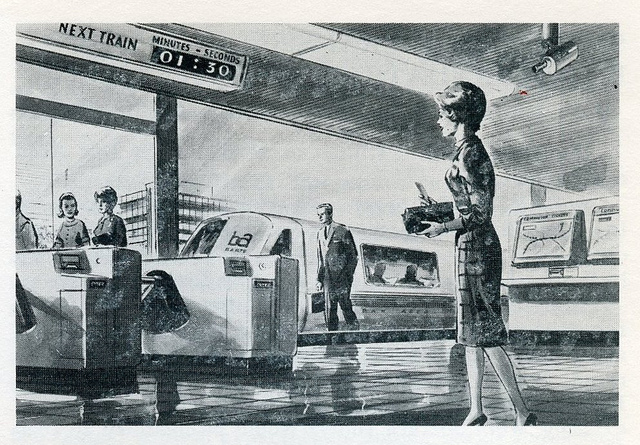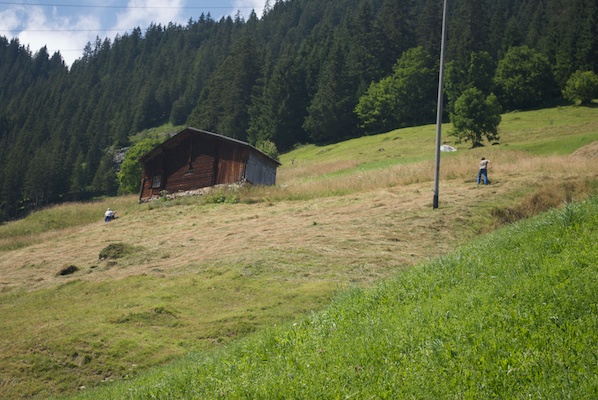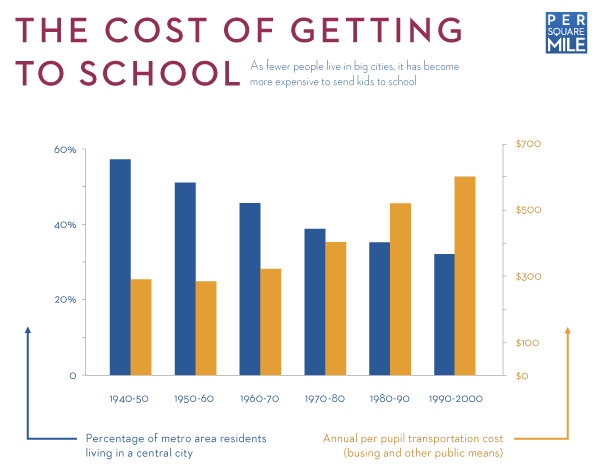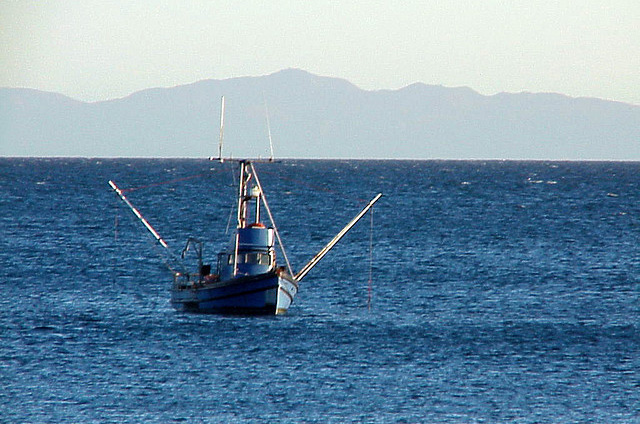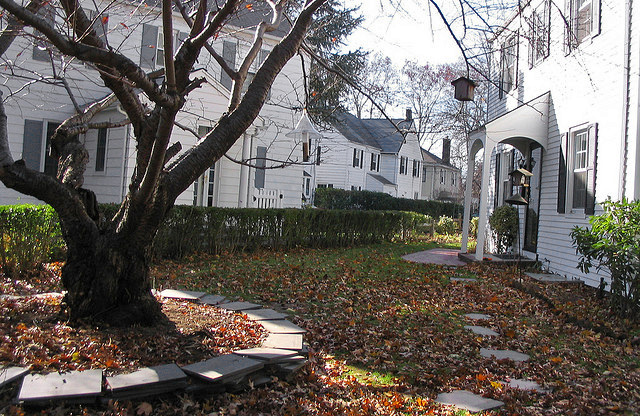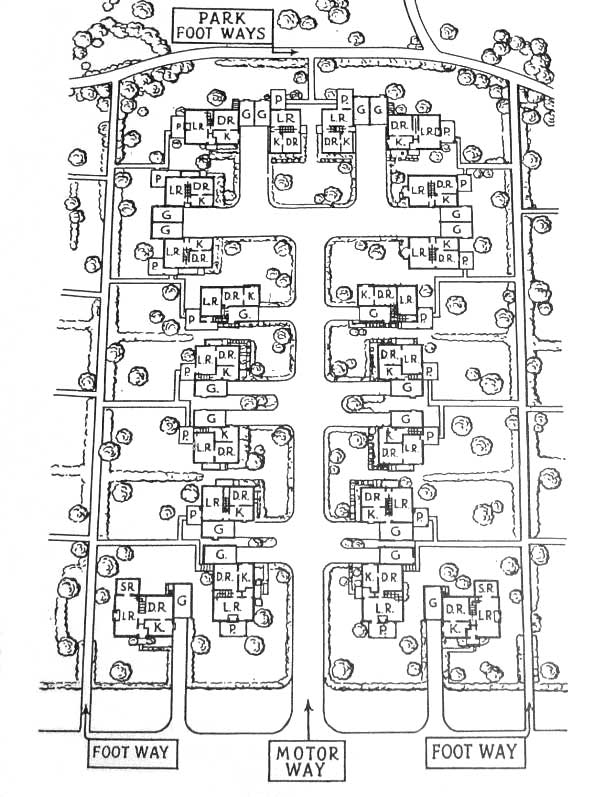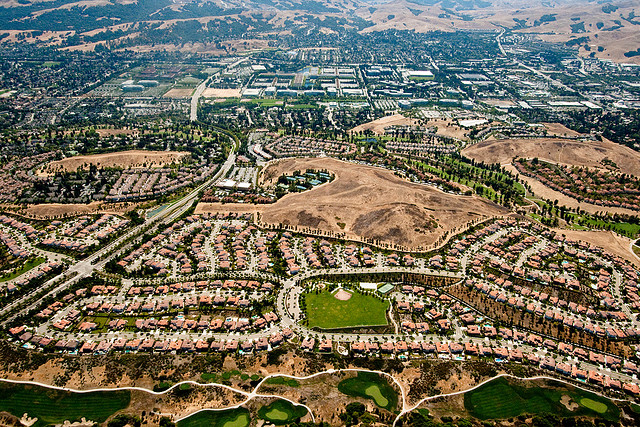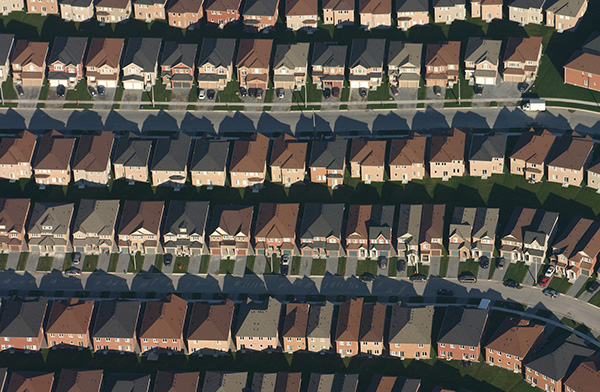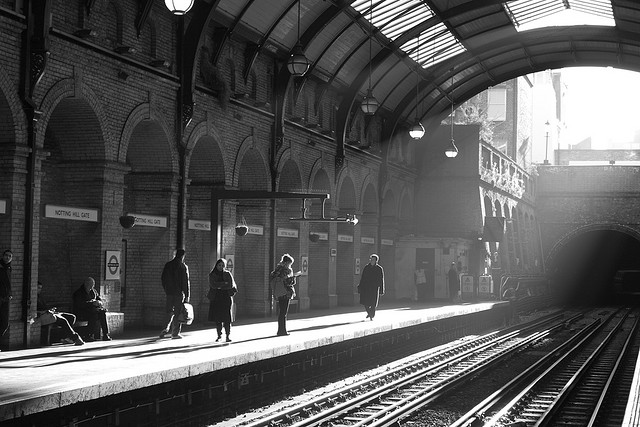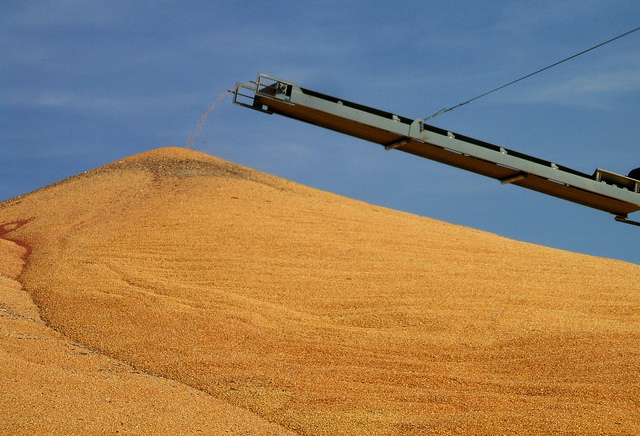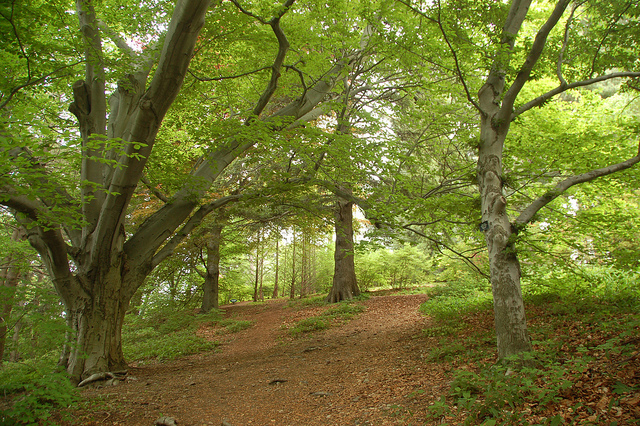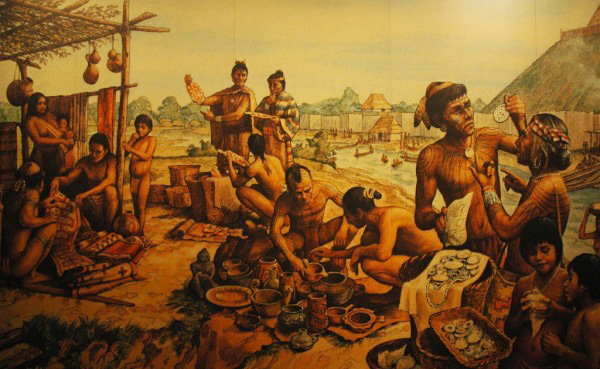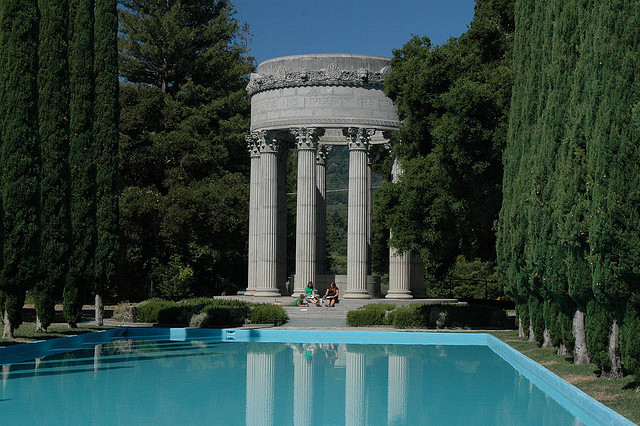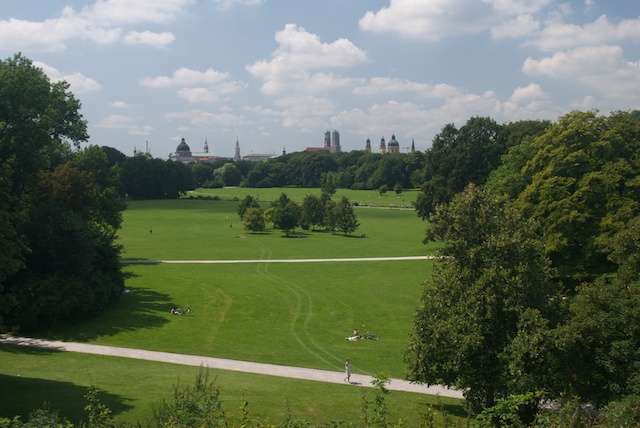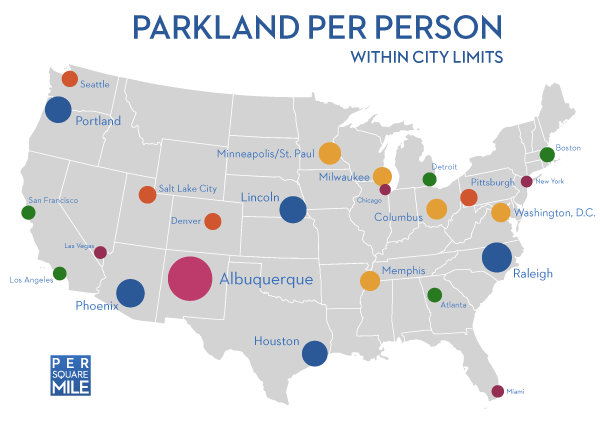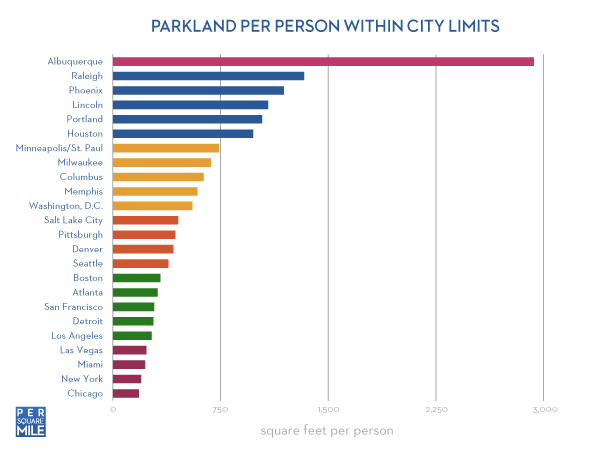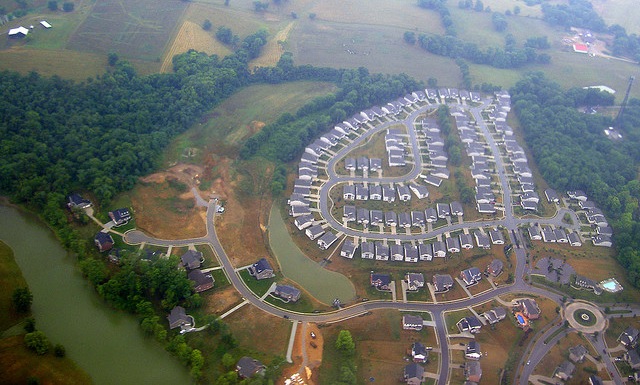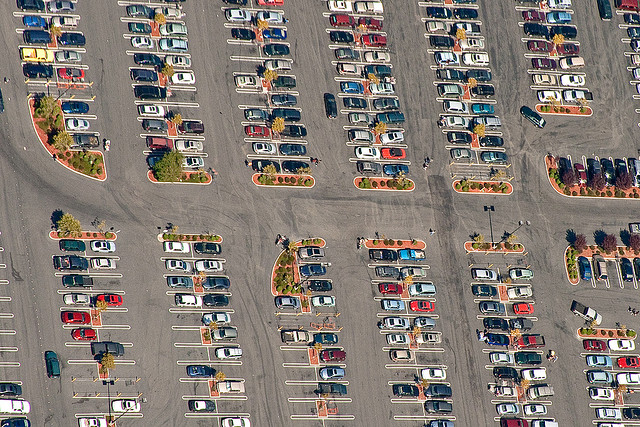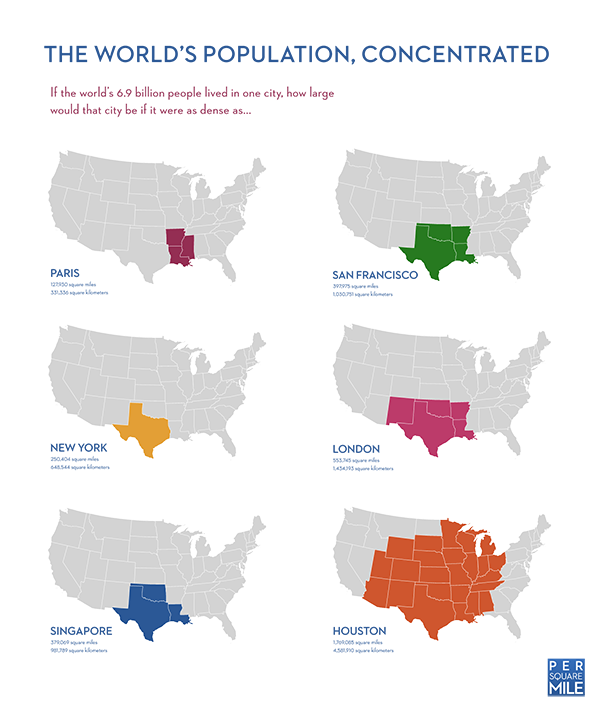
This post originally appeared on Scientific American’s Guest Blog.
Natural disasters always seem to strike in the worst places. The Sendai earthquake has caused over 8,000 deaths, destroyed 450,000 people’s homes, crippled four nuclear reactors, and wreaked over $300 billion in damage. And it’s only the latest disaster. Haiti will need decades to rebuild after its earthquake. New Orleans still hasn’t repopulated following Hurricane Katrina. Indonesia still feels the effect of the 2004 tsunami. The list could go on and on. The unfortunate lesson is that we live in dangerous places.
We have built civilization’s cornerstones on amorphous, impermanent stuff. Coasts, rivers, deltas, and earthquake zones are places of dramatic upheaval. Shorelines are constantly being rewritten. Rivers fussily overtop their banks and reroute themselves. With one hand, earthquakes open the earth, and with the other they send it coursing down hillsides. We settled those places for good reason. What makes them attractive is the same thing that makes them dangerous. Periodic disruption and change is the progenitor of diversity, stability, and abundance. Where there is disaster, there is also opportunity. Ecologists call it the “intermediate disturbance hypothesis.”
![]() The intermediate disturbance hypothesis is one answer to an existential ecological question: Why are there so many different types of plants and animals? The term was first coined by Joseph Connell, a professor at UC Santa Barbara, in 1978.¹ Connell studied tropical forests and coral reefs, and during the course of his work, he noticed something peculiar. The places with the highest diversity of species were not the most stable. In fact, the most stable and least disturbed locations had relatively low biodiversity. The same was true of the places that suffered constant upheaval. But there, in the middle, was a level of disturbance that was just right. Not too frequent or too harsh, but also not too sparing or too light. Occasional disturbances that inflict moderate damage are, ecologically speaking, a good thing.
The intermediate disturbance hypothesis is one answer to an existential ecological question: Why are there so many different types of plants and animals? The term was first coined by Joseph Connell, a professor at UC Santa Barbara, in 1978.¹ Connell studied tropical forests and coral reefs, and during the course of his work, he noticed something peculiar. The places with the highest diversity of species were not the most stable. In fact, the most stable and least disturbed locations had relatively low biodiversity. The same was true of the places that suffered constant upheaval. But there, in the middle, was a level of disturbance that was just right. Not too frequent or too harsh, but also not too sparing or too light. Occasional disturbances that inflict moderate damage are, ecologically speaking, a good thing.
To see how this works, let’s imagine a hypothetical forest, one that escapes disturbance for thousands, even millions of years. Eventually, it will be dominated by two species—a tree species that is best adapted to the type of soil, quantity of water, and amount of sunlight, and an understory species that can best cope with limited sunlight under the canopy. No other species could possibly compete; eventually, two species would become the best plants for the conditions. While it’s a gross generalization, it illustrates the point. Stable environments can stifle diversity.
This would not be the case in a more realistic forest, however, one that suffers from the periodic fallen tree, occasional fire, or odd tornado. In the window opened by disturbances, other species would have ample opportunity to gain a foothold. If a tree falls, other species could bolt toward the sun. After a fire, herbs that sprout vigorously would have a leg up on previously dominant plants that bud languorously. Life explodes into the openings when given new opportunities.
Biodiversity has flourished where the occasional disturbance kicks open a door. These places are also all the more stable for it. Diversity breeds stability. They are also richer in food and resources, two qualities that attracted our ancestors. The natural bounty of those places made the occasional hurricane or tsunami tolerable.
Today, many of us don’t have the same problems our forebears did. We don’t need to live next to our food. Our water comes from a tap. We can drop our packages off at the post office. But the past is hard to escape. While the requirements of the last century may have disappeared, our cities have not. We are creatures of habit.
Yet social inertia is not the only reason we still live in dangerous places. As aesthetically tuned creatures, we crave dramatic landscapes forged by catastrophe. California is celebrated for its tectonic rocky shores. Mount Saint Helens almost certainly has more visitors now than before it blew its top. The Mississippi River is responsible for untold hardship, yet it’s held up as an honored piece of Americana.
That’s not to say that the Sendai earthquake or the Australia’s Black Saturday bushfires will be lauded in the future. They are more than intermediate disturbances—they are real disasters. Yet in ecological terms, each would have been a small speed bump. What turns intermediate disturbances into natural disasters is population density. Earthquakes didn’t kill when our buildings didn’t require stairs. And though tsunamis still have always been devastating, they caused few human casualties before we built cities. Avalanches in remote parts of Alaska don’t usually raise eyebrows, but they are a constant concern for many villages in the Swiss Alps. Much of the handwringing over sea level rise is precisely because so much of the world’s population lives near the ocean.
That’s not to say we should flee the coasts or abandon the breathtaking but dangerous places. Our fear of change may seem like a hindrance, but our stubbornness is also one of our greatest assets. Without overcoming intermediate disturbances like floods or sandstorms, there would be no Rome or Cairo. We live on a tumultuous planet where life has thrived under a regime of constant upheaval. Adapting is—and always has been—our last, best hope.
- Though he coined the term, two previous studies had described essentially the same concept. ↩
Source:
Connell JH (1978). Diversity in tropical rain forests and coral reefs. Science (New York, N.Y.), 199 (4335), 1302-10 PMID: 17840770
